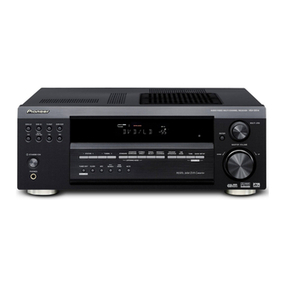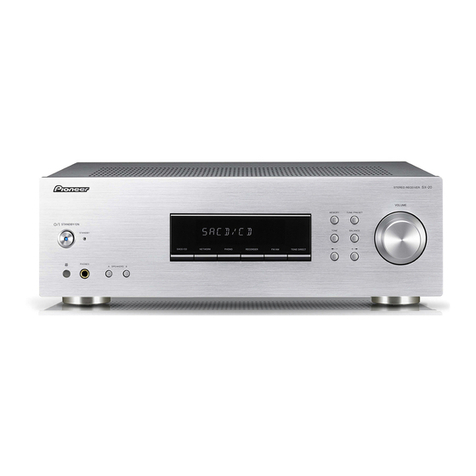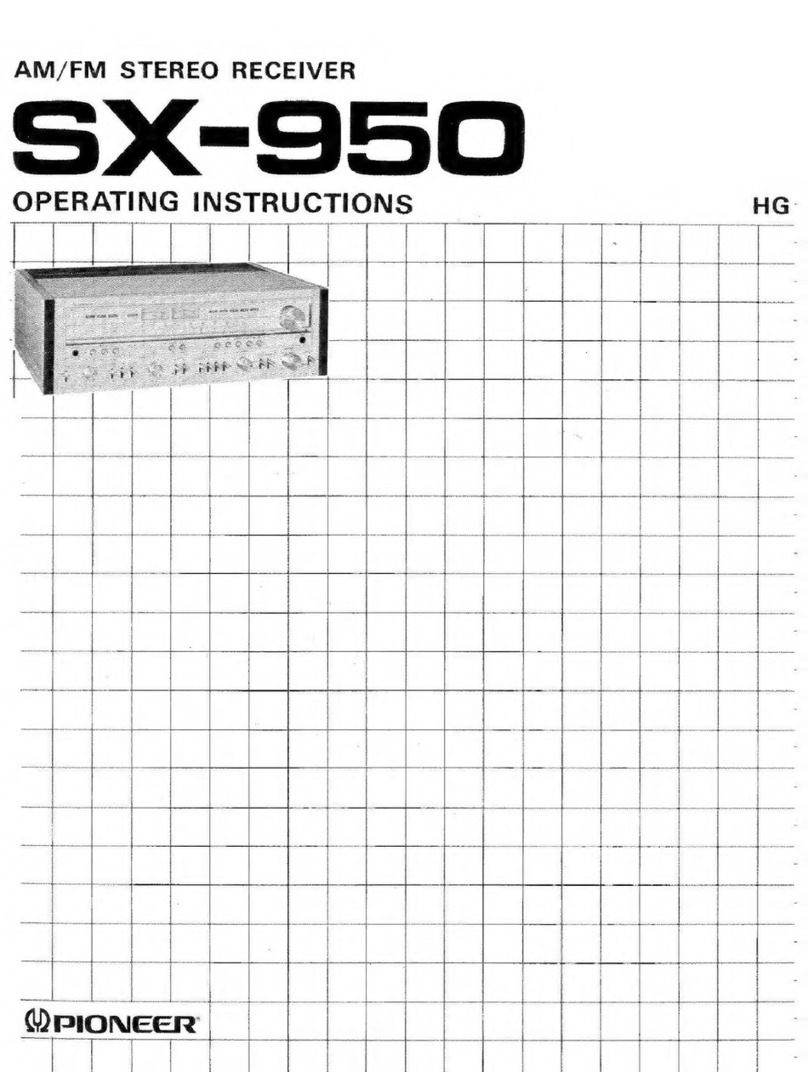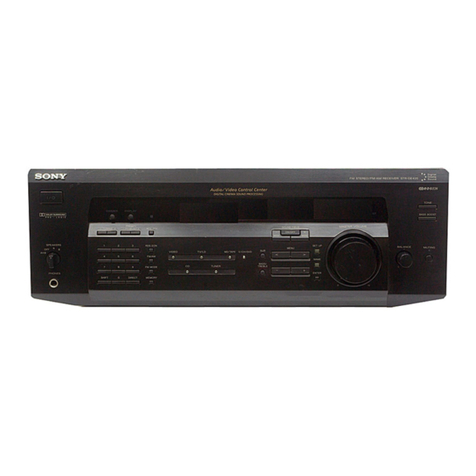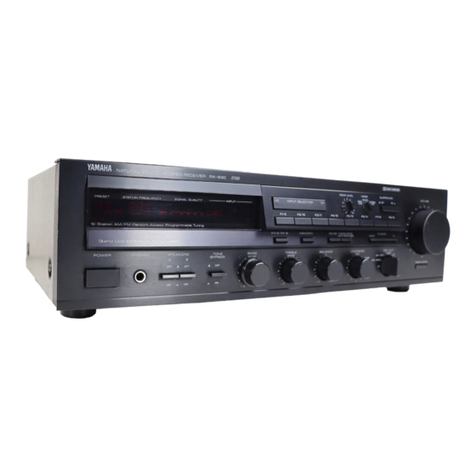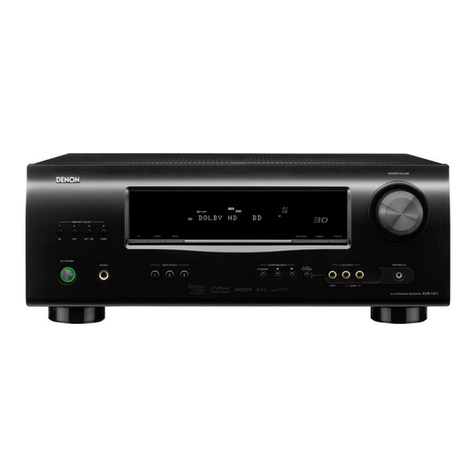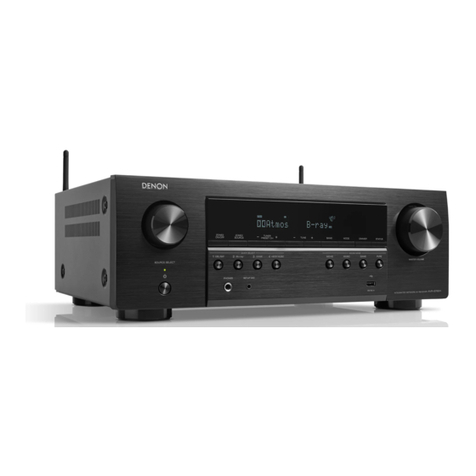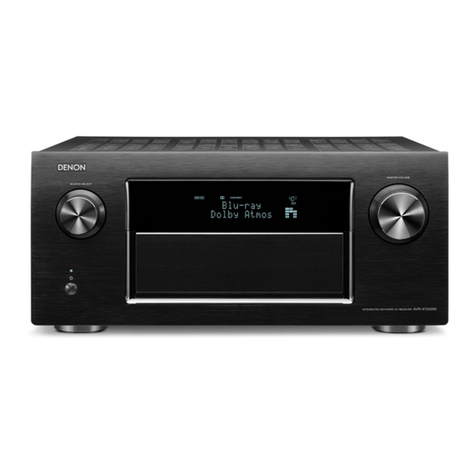Pioneer SX-980 User manual
Other Pioneer Stereo Receiver manuals
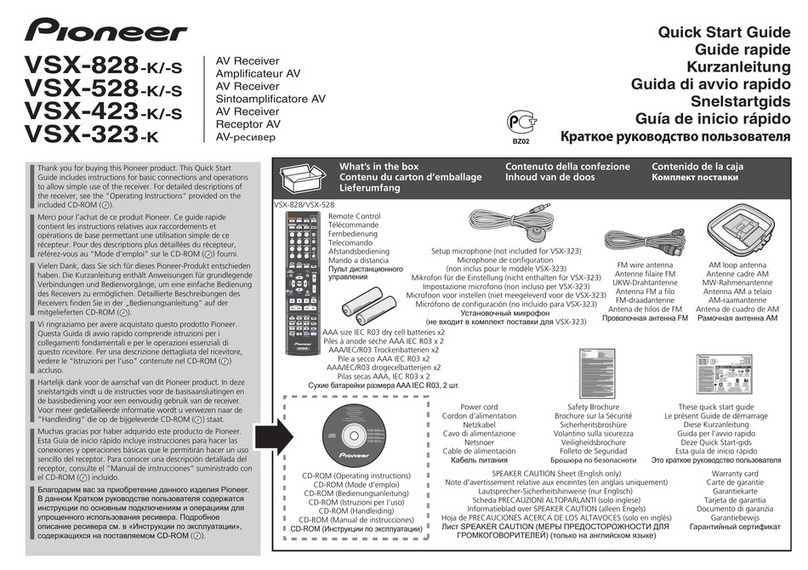
Pioneer
Pioneer VSX-828-S User manual
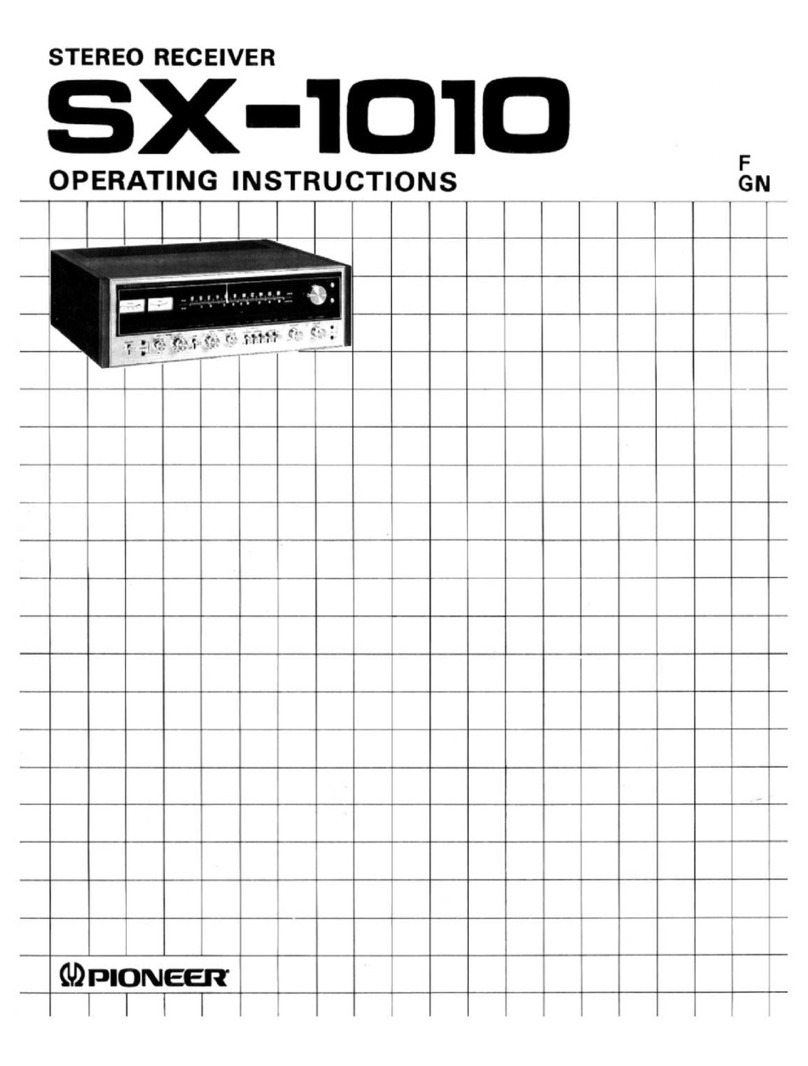
Pioneer
Pioneer SX-1010 User manual

Pioneer
Pioneer AVH-X7800BT User manual

Pioneer
Pioneer AVH-200EX User manual
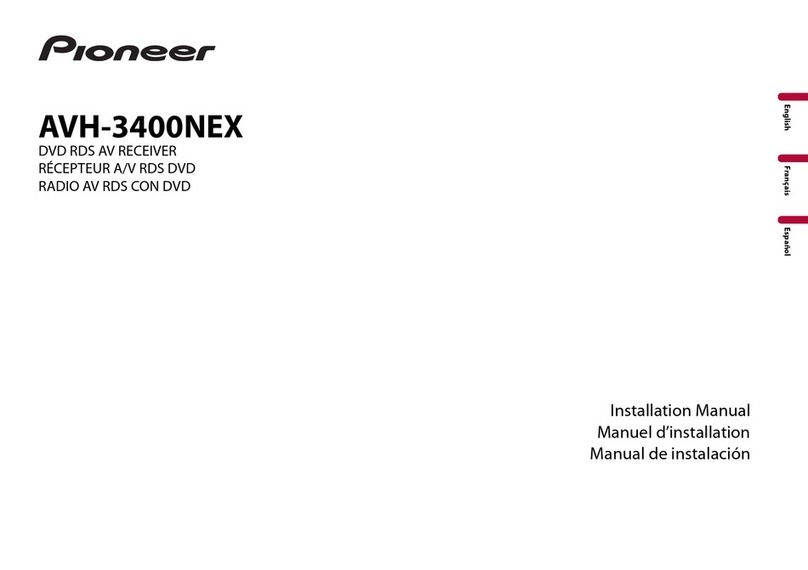
Pioneer
Pioneer AVH-3400NEX User manual
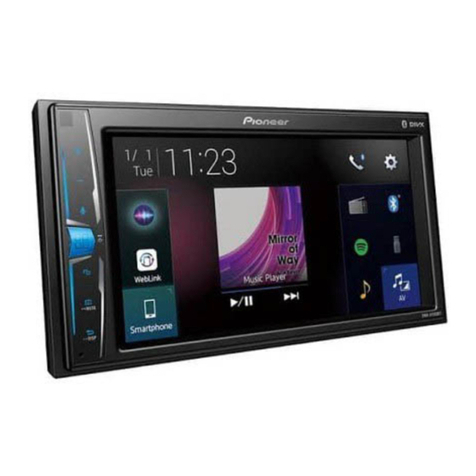
Pioneer
Pioneer DMH-A1350BT User manual
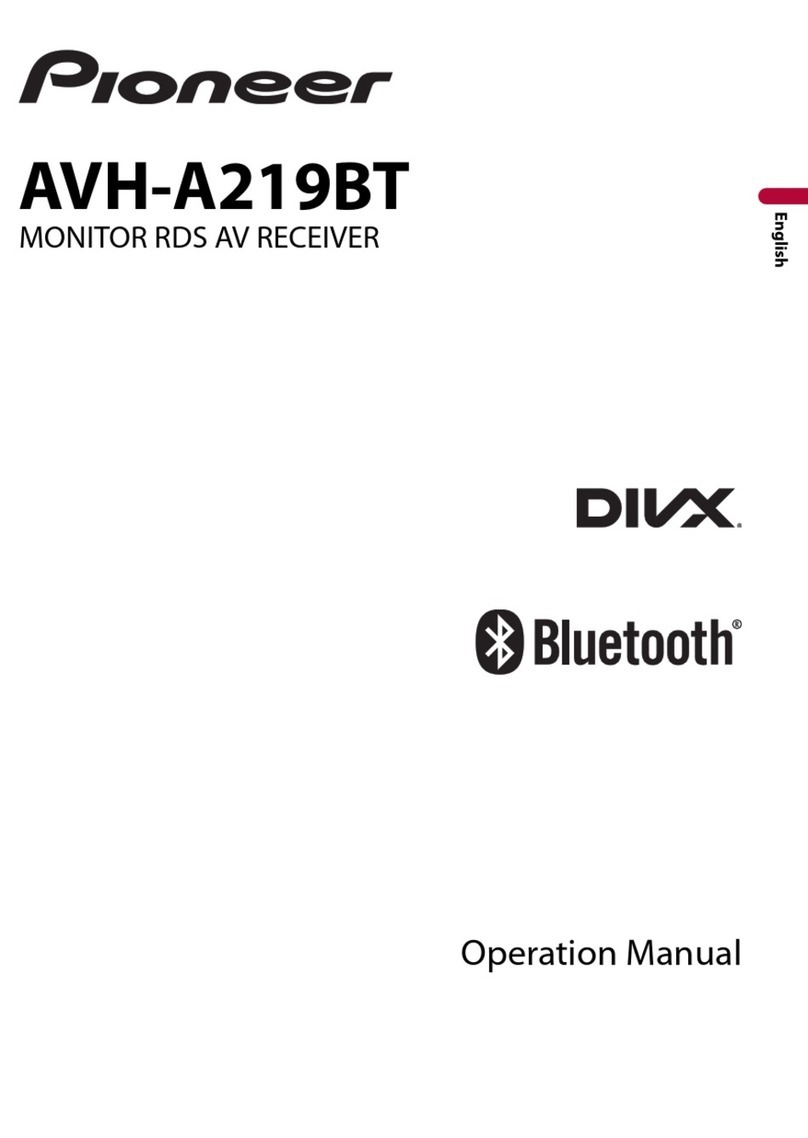
Pioneer
Pioneer AVH-A219BT User manual

Pioneer
Pioneer AVH-2440NEX User manual
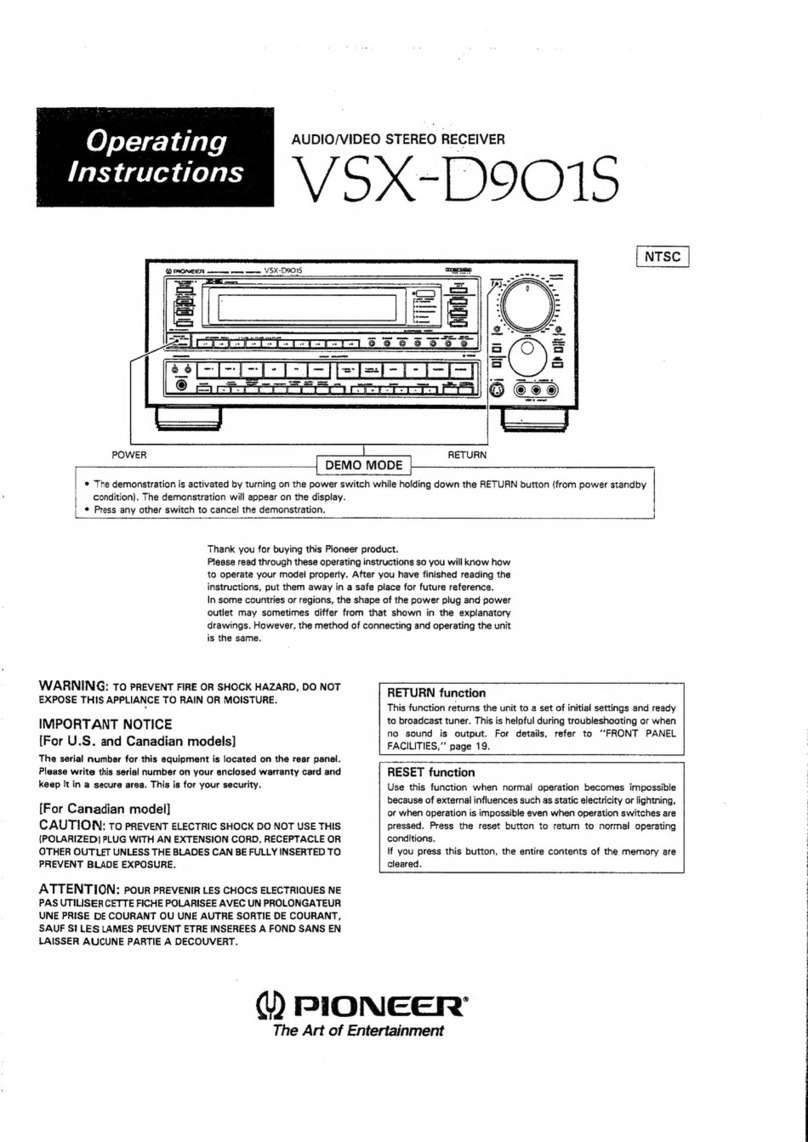
Pioneer
Pioneer VSX-D901S User manual
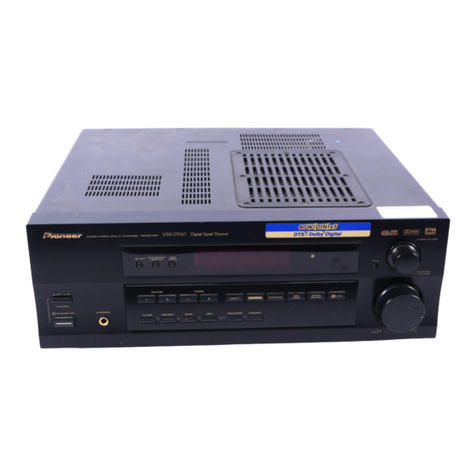
Pioneer
Pioneer VSX-D510 User manual
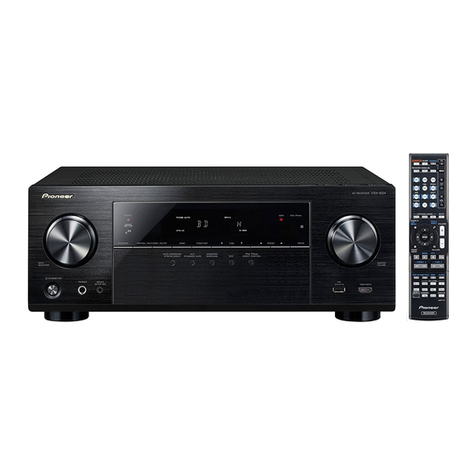
Pioneer
Pioneer VSX-1024 User manual

Pioneer
Pioneer XR-VS500D User manual
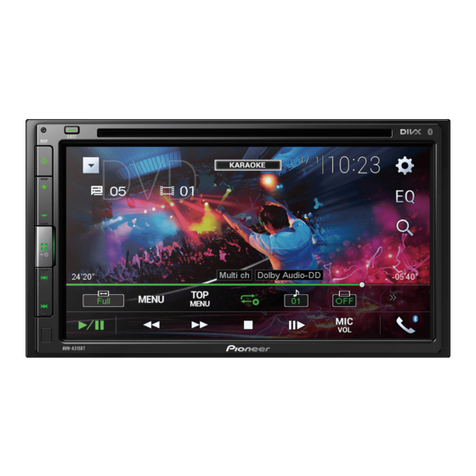
Pioneer
Pioneer AVH-A315BT User manual

Pioneer
Pioneer XC-L5 User manual

Pioneer
Pioneer AVH-1550NEX User manual
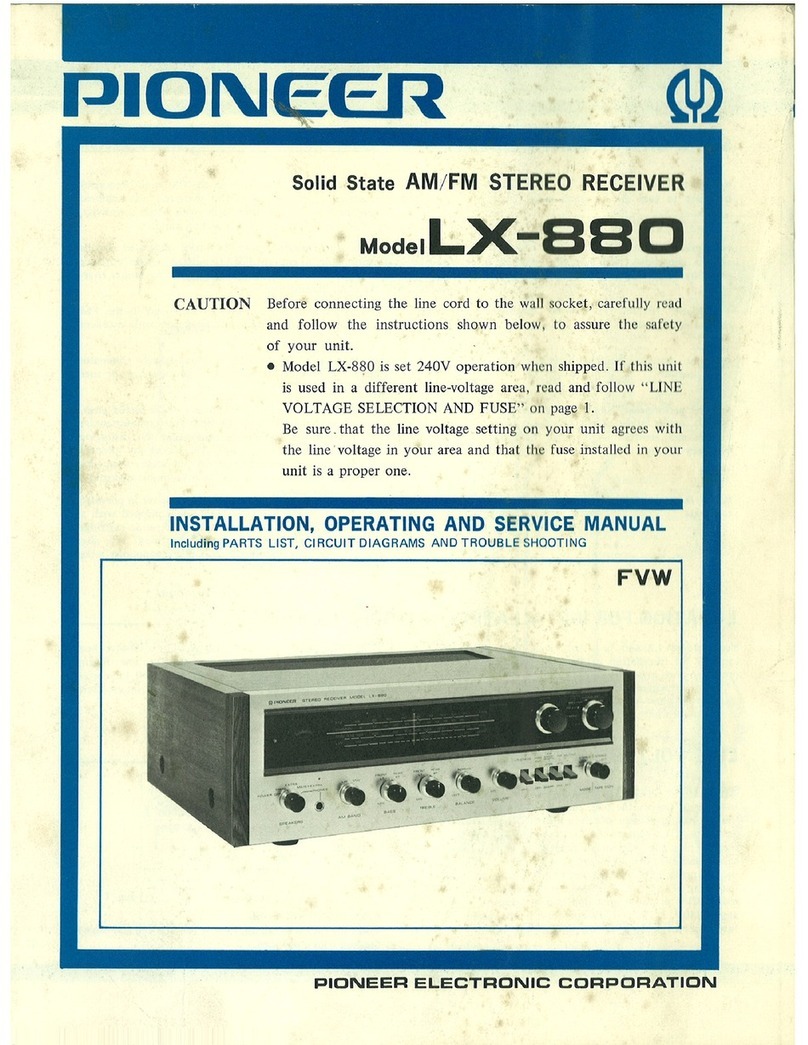
Pioneer
Pioneer LX-880 Service manual
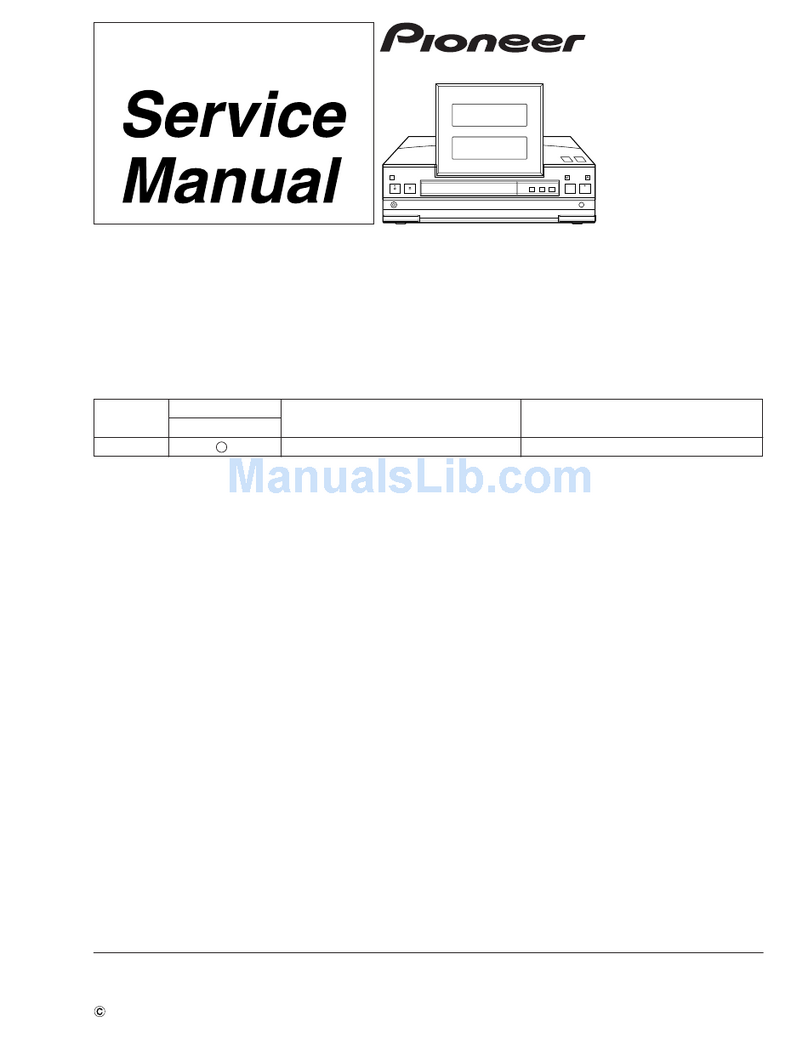
Pioneer
Pioneer XC-L5 User manual
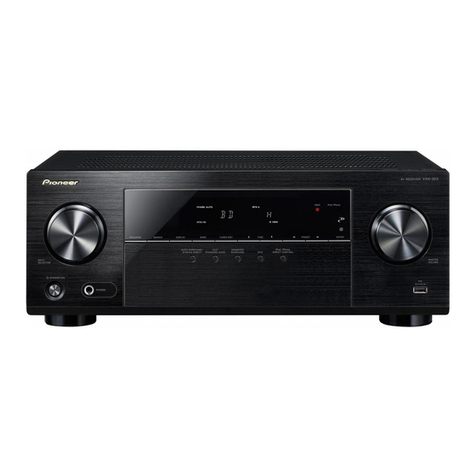
Pioneer
Pioneer VSX-323-K User manual
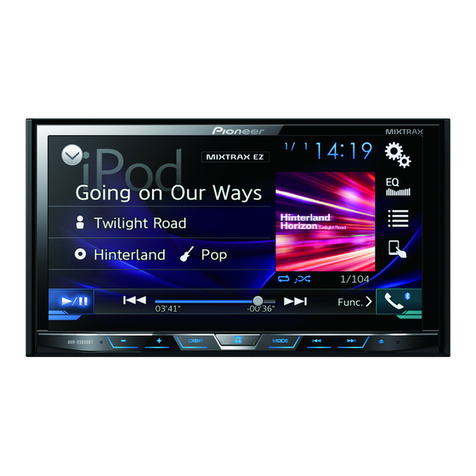
Pioneer
Pioneer AVH-X5850BT User manual

Pioneer
Pioneer SX-5580 User manual
Popular Stereo Receiver manuals by other brands

Sony
Sony STR-DE535 - Fm Stereo/fm-am Receiver operating instructions
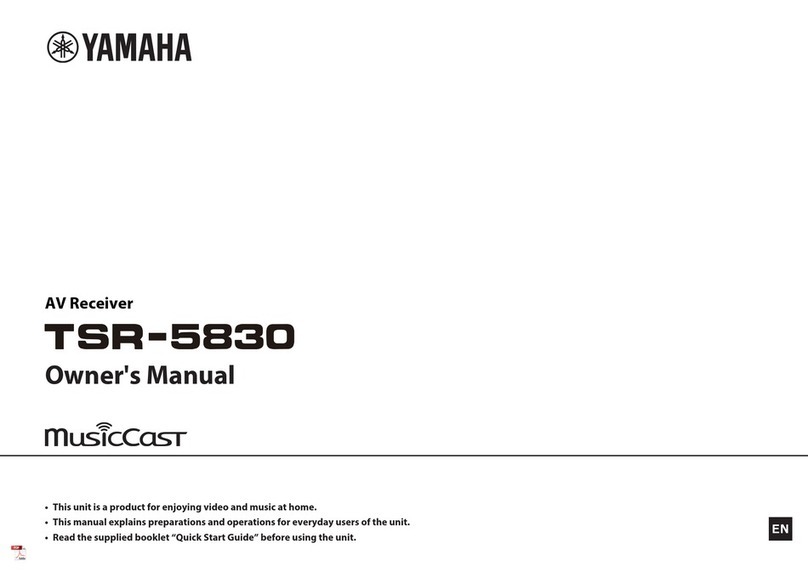
Yamaha
Yamaha MusicCast TSR-5B3D owner's manual
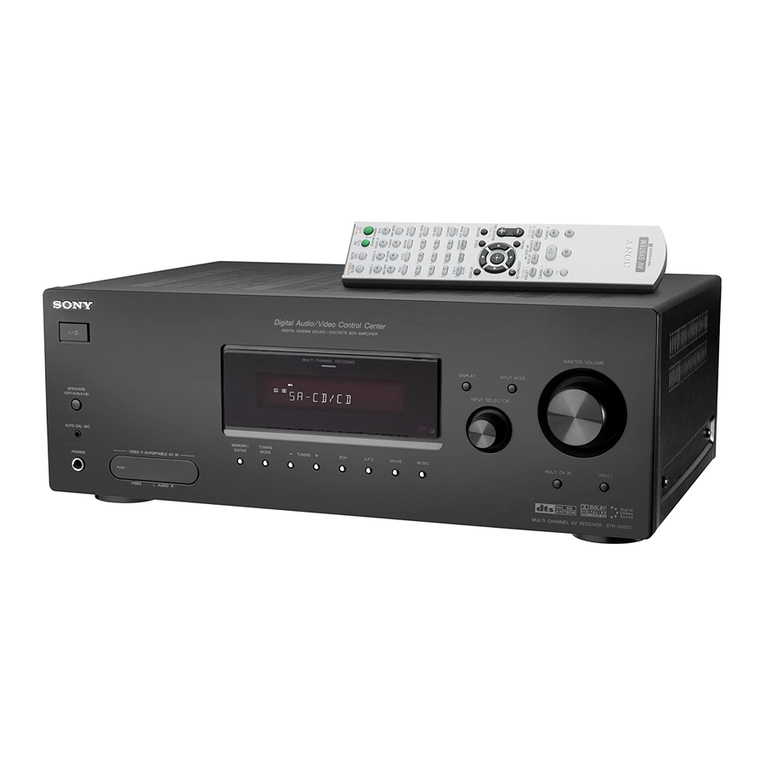
Sony
Sony STR-DG500 - Multi Channel Av Receiver Service manual

Sherwood
Sherwood Newcastle RX-770 operating instructions

Panasonic
Panasonic AJSD955B - DVCPRO50 STUDIO DECK Brochure & specs
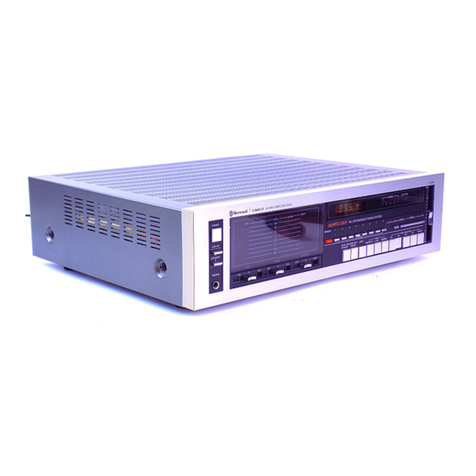
Sherwood
Sherwood S-2660CP operation instruction

